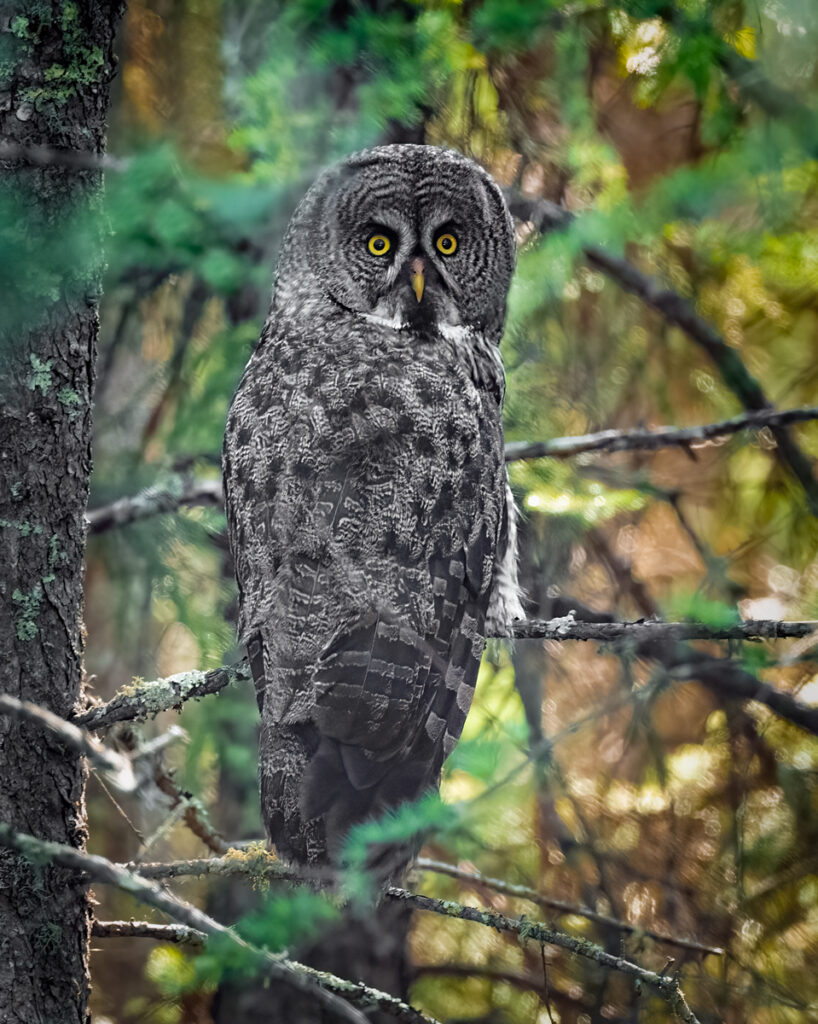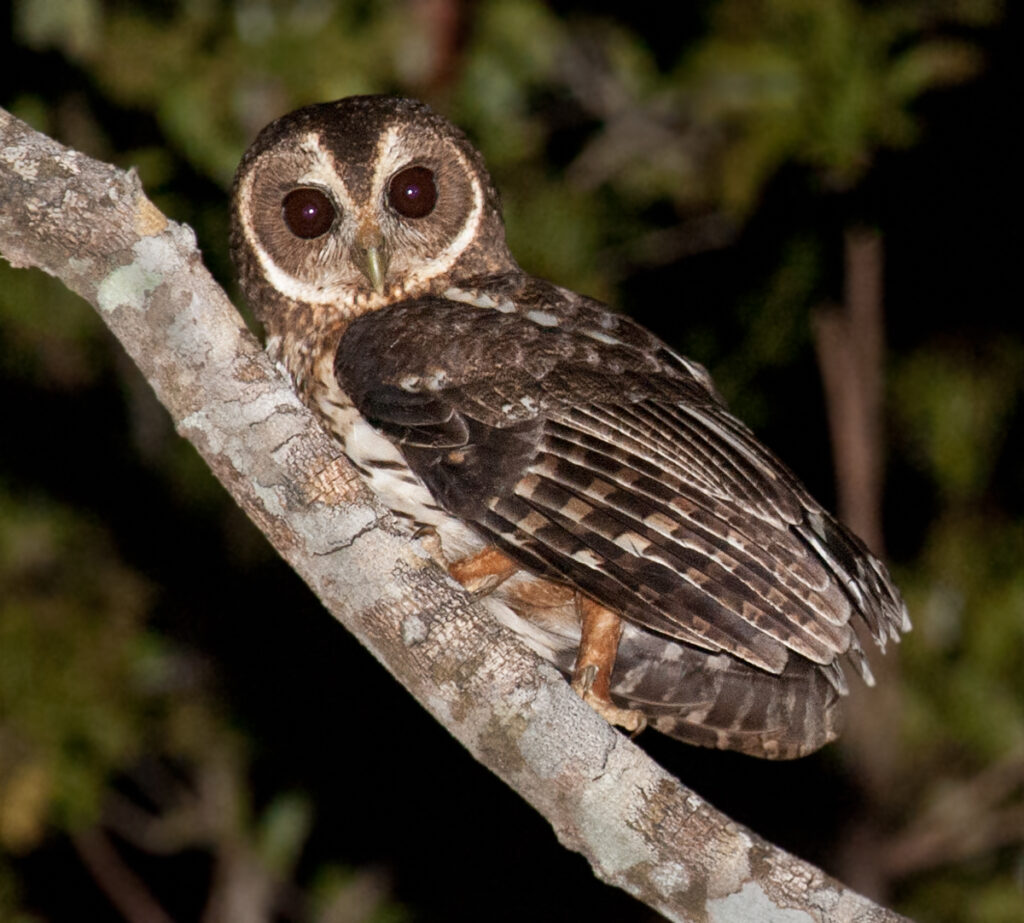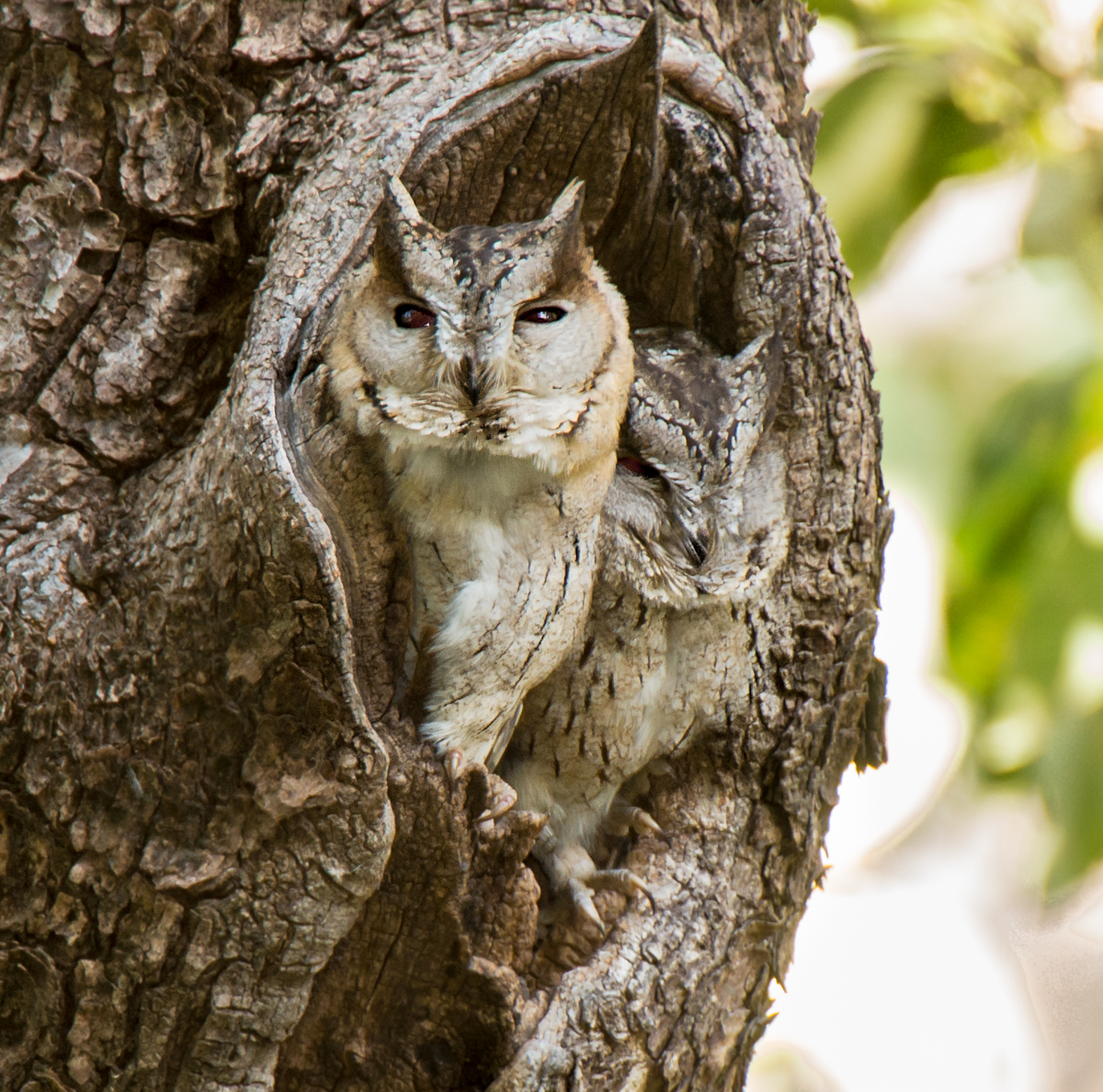
Owls are intriguing birds both to see and to photograph. I’ve been fortunate to have the opportunity to photograph owls all over the world, from throughout the United States to the Caribbean, South America, India, Africa, and elsewhere. Everywhere I see owls, I learn more about these stunning birds, and the more I learn, the more I appreciate just how fascinating they can be.
At first I was astonished to find owls in a variety of habitats, but I’ve discovered that these birds are at home nearly everywhere, from the snowy tundra to thick jungles to barren deserts. Owls can even be found in urban and suburban spaces, giving photographers everywhere the chance to capture owls in their lenses.
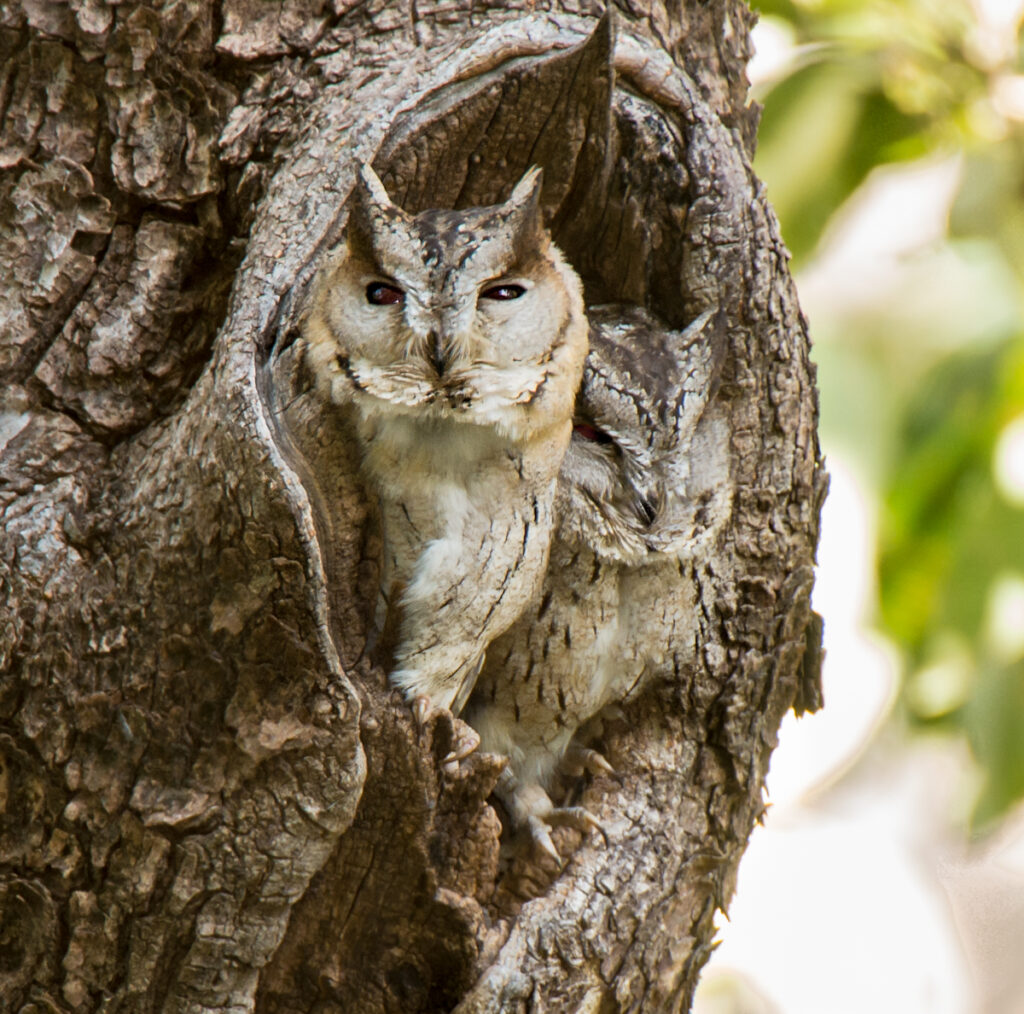
Of course, first you have to find owls, and that’s where a birding guide is invaluable. Because owls typically roost during the day, they stay still and unobtrusive, making them ideal for photography. You have to be able to recognize their superior camouflage, however, in order to pick them out of their cryptic surroundings. Many owls have barred, banded, or speckled plumage that so precisely mimics tree bark that without a knowledgeable guide who is familiar with owls’ favorite local roosts, you may never see an owl even if it’s nearby.
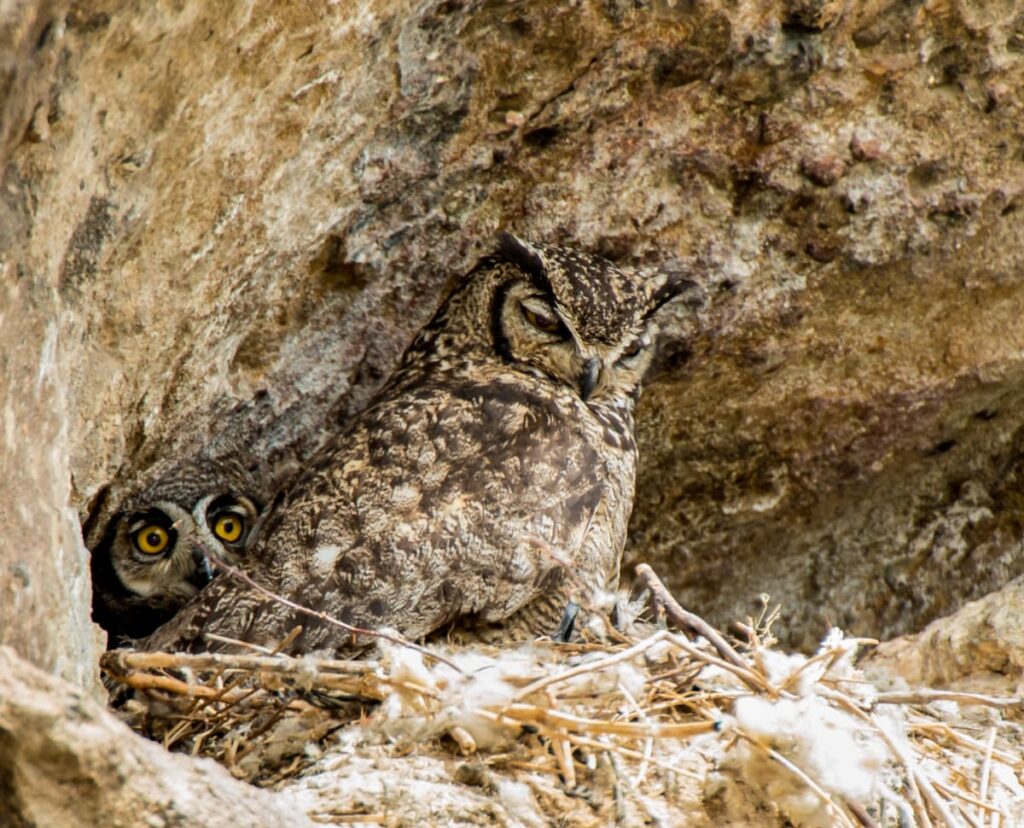
A guide may also be able to direct you to an owl’s nest, though you should only approach a nest responsibly and always use a long lens so as not to stress the birds. Owls do not build their own nests, but instead take over nests of other animals such as the stick nests of crows or squirrels, the nesting cavities of woodpeckers, or even the burrows of mammals or reptiles. Some owls, particularly smaller species, take well to nesting boxes and can be easy to find in owl-friendly locations.
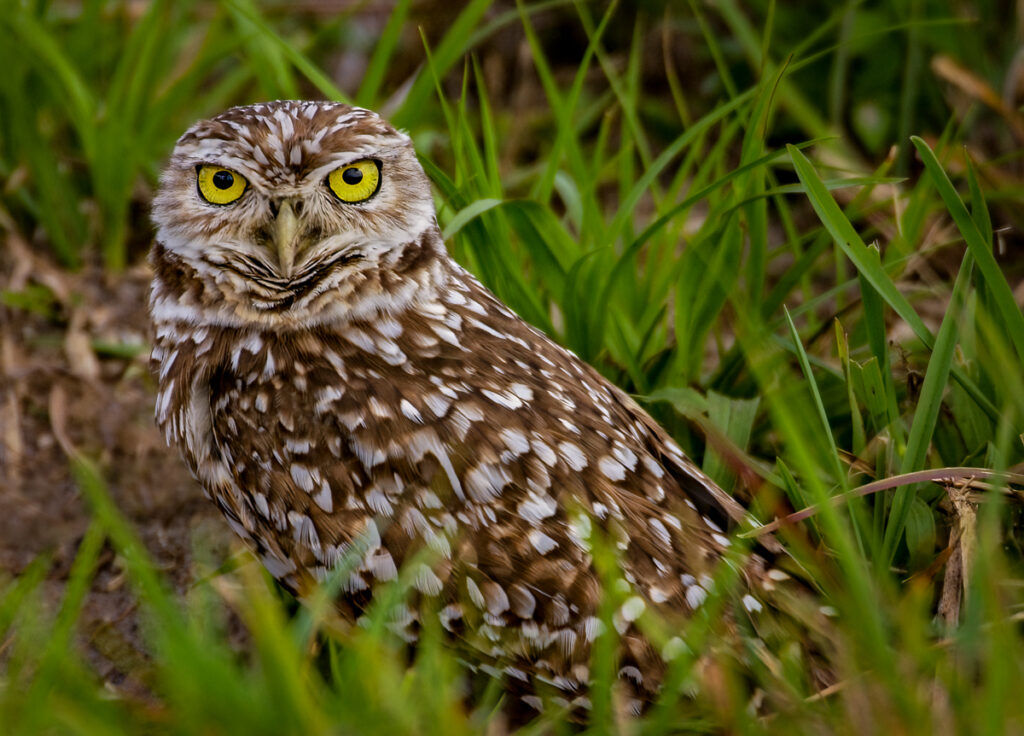
As I’ve seen and photographed more owls, I’ve been astonished at their sizes. One of the largest owls in the world is the great grey owl (Strix nebulosa) with a five-foot wingspan and 24-30 inch body length. Compare that to the world’s smallest owl, the elf owl (Micrathene whitneyi) with its 10-11 inch wingspan and less than six inch body length, and you can really appreciate how diverse owls can be.
Even small owl details can be impressive. An owl’s eye color, for example, is a general indicator of its habits. Owls with very dark or black eyes are primarily nocturnal and active at night. Owls with lighter orange eyes are most active at twilight and dawn when there is some light available. Owls with the brightest yellow eyes are primarily diurnal, or active during the day.
An owl’s eyes are even more impressive than just color. These birds have tube-shaped eyes that give them outstanding farsighted vision. A northern hawk owl (Surnia ulula), for example, can see a vole in the dark over a half-mile away. But an owl’s hearing is equally spectacular, as their flattened faces help direct sound to their uneven ears. This gives owls the ability to triangulate their prey’s position, even a mouse moving under six inches of snow.
The most impressive fact I’ve learned about owls over the years is the most startling, but also the one fact we all have the power to change. Almost one-third of the world’s owl species are either endangered or at risk due to habitat loss, persecution, poisoned prey, and other factors. As we learn more about these birds, we better understand their unique needs, and we can take simple steps to help them not just survive, but thrive in a better-protected natural world.



